
Devon Kershaw tucked the ring away inside a tiny pocket of his pack, then spent the next 14 days of his Himalayan trek thinking about how he was going to take it out and hoping it wouldn’t get lost.
A two-time Olympian and Canadian World Cup Team skier, Kershaw, 31, had experienced intensely physical, high-pressure scenarios before. He’d come out with a gold medal in the team sprint at 2011 World Championships and taken second overall in the World Cup in 2011/2012.
But no amount of nordic racing would prepare him for what was to come along Mera Peak, 6,476 metres (21,247 feet) above sea level in Nepal. For one, he’d never climbed anything that big, and neither had his Norwegian girlfriend, Kristin Størmer Steira, a three-time Olympian and Sochi bronze medalist in the 30-kilometer mass start. She planned the 24-day trek with the help of her personal sponsor, The North Face, which invited Steira and Kershaw to join one of its April expeditions.
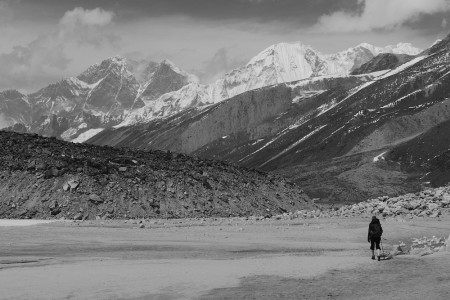
Under the guidance of trip leader Bjørn Arne Evensen, The North Face’s professional climbers picked Mera for an acclimatization peak before ascending the 7,200-metre Baruntse a few days later. Steira and Kershaw signed up for the first mountain, giving themselves 24 days to get up and down it, including a traverse over Amphu Labtsa Pass, 5,950-metres high.
“It had always been a dream of mine and Kristin to go to the higher mountains,” Kershaw said on the phone in June. “I was like, ‘Oh my god, these guys are professional climbers and I don’t really know what I’m doing for something like this,’ but I’ve used ropes before and am familiar with some climbing skills.”
Kershaw had ski mountaineered and done some alpine routes on the Canadian Rockies and Pacific Coast Ranges. Steira, 33, had used crampons once before.
“But that was almost 15 years ago in gymnasium — high school,” she said with a laugh on the phone from Norway. “So I felt like I knew nothing going there.”
The two familiarized themselves with some borrowed equipment and reviewed the trekking route with their seasoned group of experts. Fortunately, Steira said Mera wasn’t that technical, even in its highest areas, and as a climber, she wasn’t afraid of heights.
“I love that stuff,” she said.

Kershaw was a little anxious.
“When you’re joining people that are professionals and you’re a cross-country ski racer, you’re like, ‘I hope I don’t slow them up!’ ” he recalled. “In the end, we did pretty good.”
The patience needed to move slow enough to acclimate to the lack of oxygen was difficult, Kershaw said, and he had some trouble with it. Five or six days in, the group spent a day at 4,200 metres — and Kershaw felt the urge to keep moving.
“I did a day trip on a step ridge that got up to 5,100 [metres],” he explained.
That was more than the recommended 600 metres per day, but he was having fun.
“We got to the top and this giant snowstorm came in,” he said. “I ended up having a bit of a headache when we got down.”
Back at camp, Kershaw went to bed and started shaking, feeling an uneasiness in his stomach.
“It was a scary night. I didn’t get any sleep,” he said. “I told the guys and they were like, yeah, you were hiking too hard … too much. That gave me a real appreciation for what I was up against.”
Meanwhile, Steira was a specimen.
“All the guys that had climbed multiple 8,000-metres, they couldn’t believe her oxygen acclimatization,” Kershaw said. “She was the best in the whole group.”
Slightly nervous but mostly excited for the challenge, Steira said she wasn’t sure what to expect out of herself.
“I’ve been in altitude at 3,000 metres a lot at our training camp in Val Senales [Italy],” she said. “From there to 6,500, it’s kind of a big difference.”
For the first 14 days, she felt fine.
“I didn’t have any problems at all — no headaches, no bad feelings,” she said. “That was fun.”
Then, all of a sudden it wasn’t any more. The night before their summit attempt, she felt sick.
Unsure whether it was the water, food or some kind of parasite that upset her stomach, she pushed on anyway.
On Top of the World
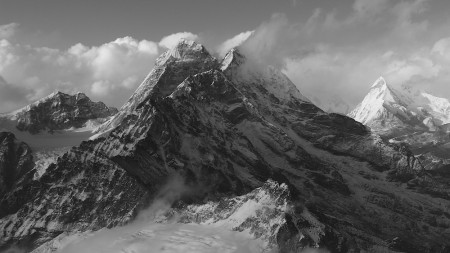
Struggling with strong winds and dizziness from the altitude, the two reached the top and Kershaw quickly scanned their surroundings. Not only was it windy, the summit was also cold, narrow and corniced, he said. Not the ideal place to pull out the ring.
He suggested they rappel down one pitch to a more sheltered spot where they could see 8,000-metre peaks, including Mount Everest.
“She’s like, ‘I’m cold and let’s just get down,’” he recalled. “And I said, ‘I’ve got something to cheer you up.’ ”
He pretended to reach for chocolate in his backpack. She sat down, fighting tears.
“I was just really, really tired and to be honest, couldn’t see how I would get back down the mountain for another four hours of hiking,” she said.
And then Kershaw, her boyfriend of 2 1/2 years, asked if she’d would be his wife. Steira said she started laughing, said yes, and the two cried happily.
Was she surprised? Sort of.
“I kind of made a fatal flaw,” Kershaw reflected.
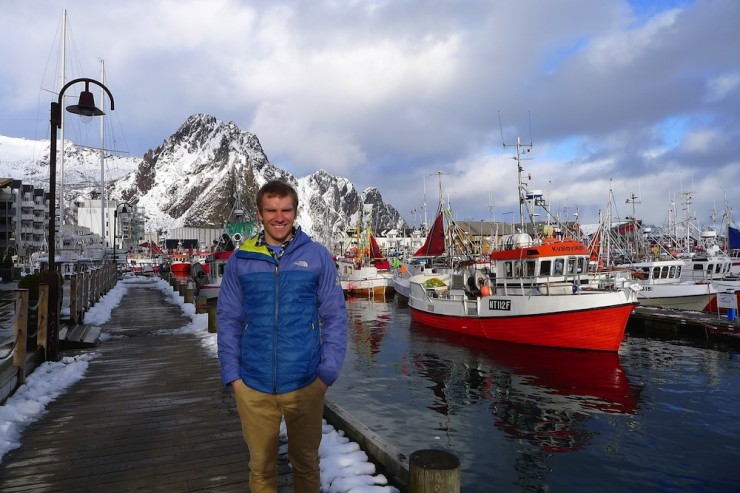
In March, after spending just over a week with Steira, her mother and brother in Lofoten, more specifically Svolvær, in northern Norway, Kershaw asked Steira for her mom’s phone number.
“She said, ‘Yeah. Why?,’ and I said to thank her, but I couldn’t get ahold of her mom at all,” he said. “I tried to make up an excuse. ‘I can’t get ahold of your mom. Can I have your dad’s number?’ She’s like, ‘Why do you want to talk to my dad?’ She’ll tell you now, the gig was up.”
“I thought, there’s not many reasons that he has to get in touch with my dad before [we go to Nepal],” she said.
Kershaw eventually reached him. Unsure of Norwegian tradition when it comes to asking permission to marry someone’s daughter, he erred on the safe side.
“I guess it was [a tradition] maybe a hundred years ago,” Steira said with a laugh. “My mom and dad really appreciated it, but they thought it was funny.”
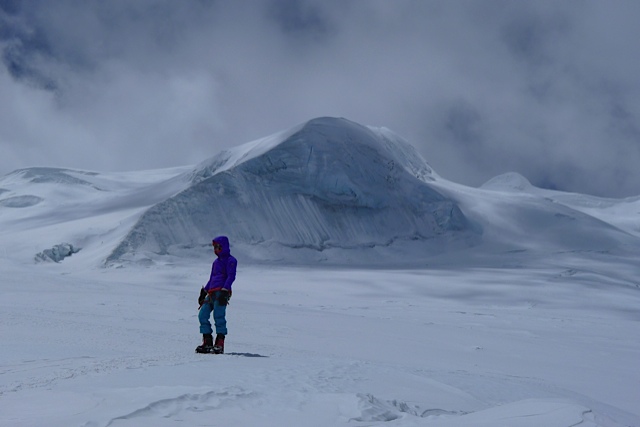
High up on Mera Peak, it lifted her spirits. Kershaw had sought out Finnish jewelry maker in Calgary, a woman who spent four years studying and working in Norway. She came up with an original design for Steira, and he took a guess on her ring size.
He didn’t take into account how much one’s fingers swell from two weeks of hiking at altitude. It fit her pinky finger.
“The ring is amazing,” she said. “But he should know that I don’t care at all about jewelry. He could’ve given me a wooden band and I’d be just as happy, but he really did a lot of work and thought about it. He was still nervous about the ring, which he shouldn’t be.”
Still not feeling great, the proposal gave her something to think about on the way down.
“It was an amazing turnaround of the day,” she said. “It was a beautiful day and the views were fantastic … I was tired [but] it helped me run down the hill.”
That night at camp, she started feeling worse. Unable to keep any food or drink in her system, she told Kershaw they needed to head back to Kathmandu.
“I wasn’t really scared, I was just getting more and more tired,” she said. “What’s the point when you cant enjoy it anymore? This is supposed to be a vacation, not something to push through — this is what we do all year.”
“The first week she was engaged probably wasn’t the best of her life,” Kershaw joked. “I almost felt bad, like, ‘Your body rejected me.’ ”
They shortened the trip by two days, checking off the high pass but skipping a valley hike. It still took them nearly a week to walk out, and Steira went three days without being able to digest any food.
Once in Kathmandu, Steira got the medication needed to kick the parasite and the two changed their plane tickets to leave sooner in late April. They celebrated with dinner, and 36 hours after arriving in Nepal’s capital, Kershaw was on his way home to Canmore and Steira off to Norway to take care of some team obligations.
“The first week she was engaged probably wasn’t the best of her life. I almost felt bad, like, ‘Your body rejected me.’ ” — Devon Kershaw, on fiancé Kristin Størmer Steira’s stomach ailment during their Himalayan trek
Less than a month later in early May, she flew to Canada to help Kershaw repaint his new house — their new home when she’s in Canmore. During her three-week stay, they took a weekend trip to Vancouver and shared the story of their engagement with friends and Kershaw’s family.
Last month, Kershaw visited her in Norway — one place he envisions himself spending more time once he retires.
“We have some ideas, but they change often,” he said of their long-term plan. “Maybe I’ll go to school in Norway; she already has a degree in marketing. We’ll see how long I keep skiing, but nothing’s stressing us out.”
They plan to get married next July or August in Norway, probably in Lofoten.
“No matter what or where we end up living full time, we’ll have a house in Canmore and we’ll have a house in Oslo or somewhere [else in] Norway,” Steira said. “That’s to be sorted out when we stop skiing or one of us stops skiing.”
Kershaw is interested in becoming a doctor, she explained, so they’ll have to see where he can go to medical school. If it’s in Canada, she’ll be there. Learning in Norwegian could be a hurdle for Kershaw, but the two are used to moving and having multiple places they call home.
Reflecting on the early stages of their relationship, Steira said Kershaw’s “great smile” hooked her.
“I guess that’s one of the things I fall for,” she said. “It turns out we have a lot of things in common, like climbing, fishing, music, training of course, reading books. … He’s a great communicator, and that’s really important for me in a relationship, that you can really talk with the person you’re with. If I’m quiet and down a bit, he doesn’t give up until he knows what’s wrong, and he makes me a better person by doing that.”
“She’s an amazing person and just getting to know her and her family it’s like wow,” Kershaw said. “It sounds so dorky, but sometimes you just know, I think. It feels so right.”
Alex Kochon
Alex Kochon (alexkochon@gmail.com) is a former FasterSkier editor and roving reporter who never really lost touch with the nordic scene. A freelance writer, editor, and outdoor-loving mom of two, she lives in northeastern New York and enjoys adventuring in the Adirondacks. She shares her passion for sports and recreation as the co-founder of "Ride On! Mountain Bike Trail Guide" and a sales and content contributor at Curated.com. When she's not skiing or chasing her kids around, Alex assists authors as a production and marketing coordinator for iPub Global Connection.

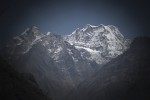

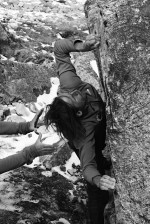

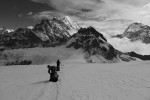
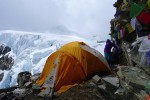
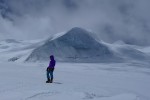


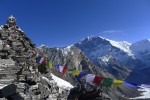
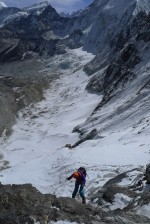
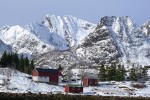

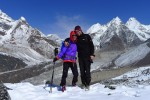
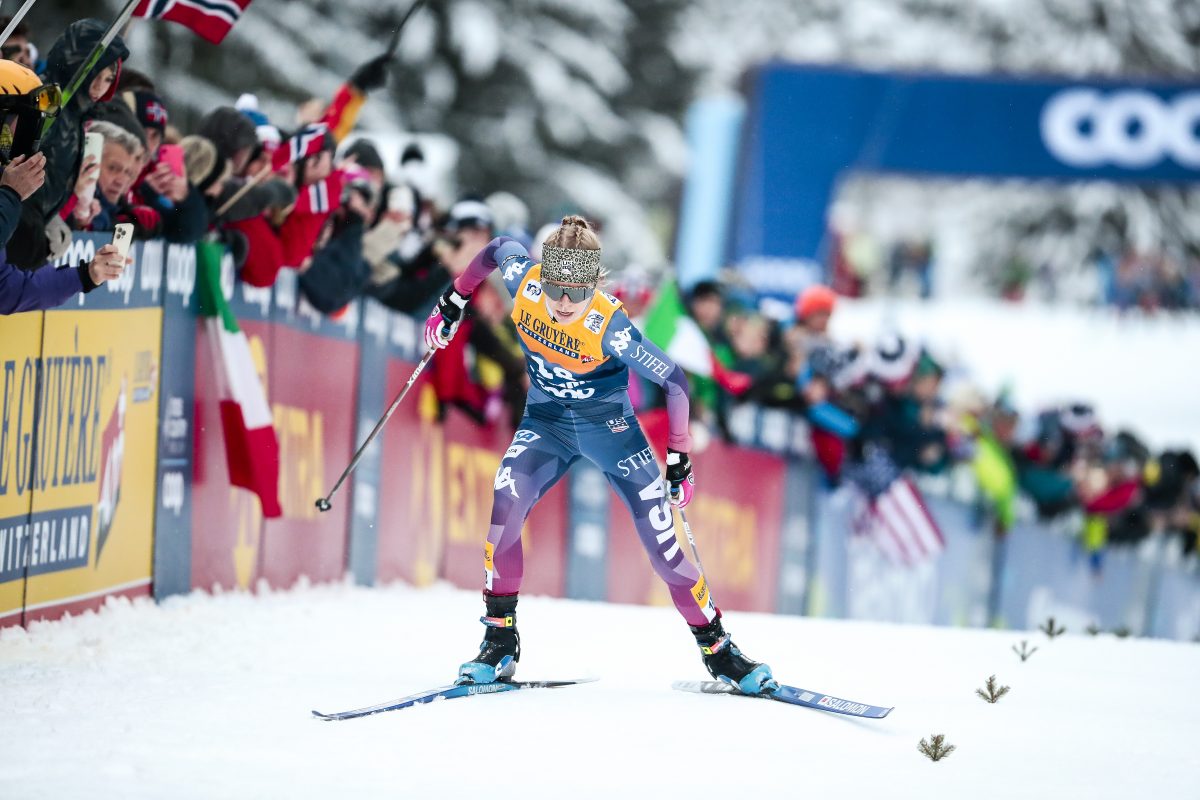


4 comments
rbradlee
August 14, 2014 at 4:23 pm
Bravo to Devon for asking dad for her hand in marriage.
(Alex – it’s “erred” on the safe side, not “aired”, even at high altitude.
Rob Bradlee
Alex Kochon
August 14, 2014 at 4:33 pm
Thanks Coach Bradlee! I knew “aired” was too easy.
Ben Arians
August 14, 2014 at 6:51 pm
Not to pile on, but it’s probably better to rappel down a cliff, rather than “repel” it. SpellChecker only gets you so far! Anyway, nice piece.
Alex Kochon
August 14, 2014 at 9:11 pm
Thanks for your corrections — it’s always good to keep me on my game. Got it right in the photo caption, screwed up in the piece.